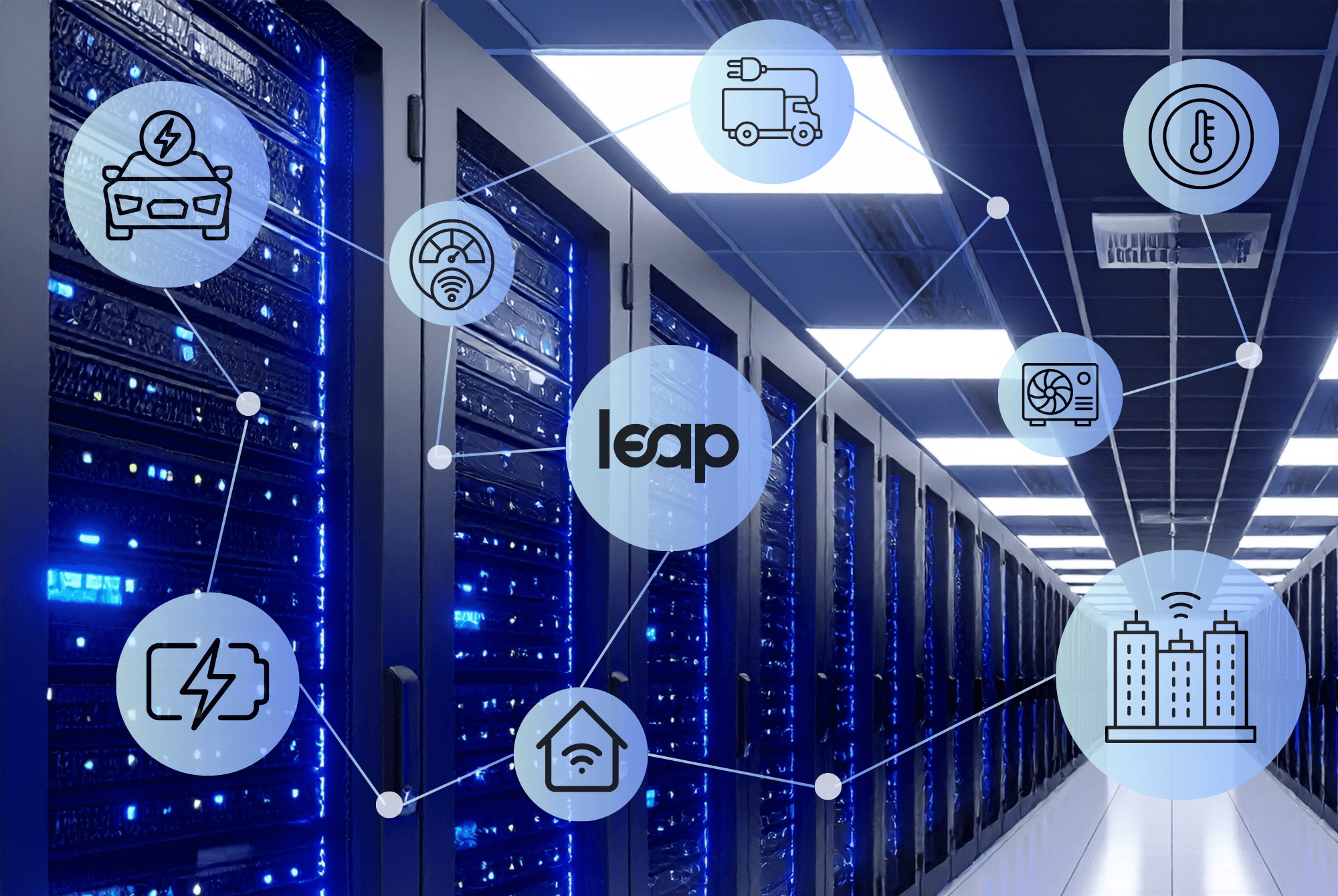September 12, 2022

The passage of the Inflation Reduction Act (IRA) marks the greatest investment to tackle climate change in American history, with the bill set to bring us closer to 2030 emissions reductions goals than any legislation that has come before.
For our 50+ partners developing and operating electric vehicles, battery storage systems, smart thermostats, heat pumps and other DERs, these investments will increase the value of their solutions - and of course, customer demand for their products and services.
At Leap, we are particularly excited by the measures that will rapidly scale the deployment of distributed energy resources (DERs). Billions of dollars in tax credits, loans and grants are directed towards reducing the cost to manufacture and purchase a wide array of clean energy technologies. This spending is guaranteed for at least a full decade and will drive job growth across the country.
Moreover, the IRA expands access to smart energy technologies for low- and middle-income (LMI) communities. With $1 billion in grants designated for affordable housing electrification and energy efficiency efforts, tax credits for LMI households to purchase electric vehicles and other incentives to bring down the costs of clean energy technologies, the IRA starts to tackle some key energy justice issues.
A new analysis from the Rocky Mountain Institute recently published predicts that the bill could result in 2.4 million electrification upgrades and the installation of 7.2 million highly efficient heat pumps. Many more LMI households will be able to realize the benefits of the distributed energy economy, such as lowering their energy bills and helping keep the lights on in their communities through grid services programs.
In turn, the proliferation of these technologies unlocks vast new potential for demand-side grid flexibility solutions. Grid-interactive technologies will soon become the norm in homes and businesses across the country, fundamentally changing how power flows between the grid and energy consumers. Millions and millions of devices will be able to connect to energy markets and generate revenue as flexible grid resources.
Even before the introduction of the IRA, we’ve seen tremendous growth in the number of DER providers looking to create new value streams from their assets through grid revenue opportunities. So far in 2022, Leap has activated 18 new partners and helped these partners to add over 30,000 new end-customer sites to our platform. We’ve experienced tremendous growth since launching our business five years ago which has unlocked new revenue streams for our partners as well as delivering over 12,000 MWh of clean energy to the grid.
The Inflation Reduction Act will speed up our transition to a dynamic, distributed and resilient energy landscape. I’m feeling more energized than ever to work with our partners on our mission of decarbonizing the world’s electric grids.


